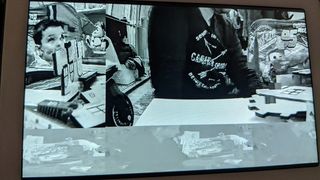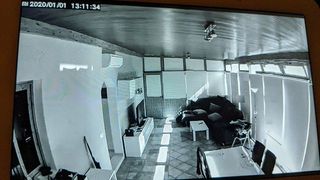Google removes Xiaomi device integration after security camera bug

What you need to know
- A Reddit user received photos from other homes after connecting a Xiaomi security camera to a Google Nest Hub.
- Some photos show security camera shots from inside bedrooms with subjects asleep.
- Google has since removed the Xiaomi integration with its devices.
A Reddit user connected a Xiaomi Miija security camera to a Google Nest Hub expecting to be able to see through the 130-degree camera from the Nest Hub's screen. Instead, when user Dio-V started streaming from the camera, what came through instead was still images from inside other people's homes. Sometimes blurry and corrupted, other times sharp, Dio-V's evidence on Reddit consists of interior photos of multiple homes with views of apparently unwitting subjects, including an infant asleep in a crib.

There are few details in the post, picked up by our friends at Android Police, but Dio-V does indicate the camera used was a Xiaomi Miija 1080p camera, and shows a video of the connection using a Google Nest Hub. They say that both were purchased new. While this is not one of Xiaomi's more expensive 360-degree security cameras, this model is still equipped with network storage capabilities and some image recognition to prioritize parts of a scene.

As always, evidence like this on Reddit should be taken with a large helping of salt, and this could easily be a staged hoax or a singular bug caused by an unknown variable.
Since this news has come to light, Google issued a statement to Android Police indicating that Xiaomi's integration with Google devices has been disabled until this gets figured out.
We're aware of the issue and are in contact with Xiaomi to work on a fix. In the meantime, we're disabling Xiaomi integrations on our devices.
Be an expert in 5 minutes
Get the latest news from Android Central, your trusted companion in the world of Android

